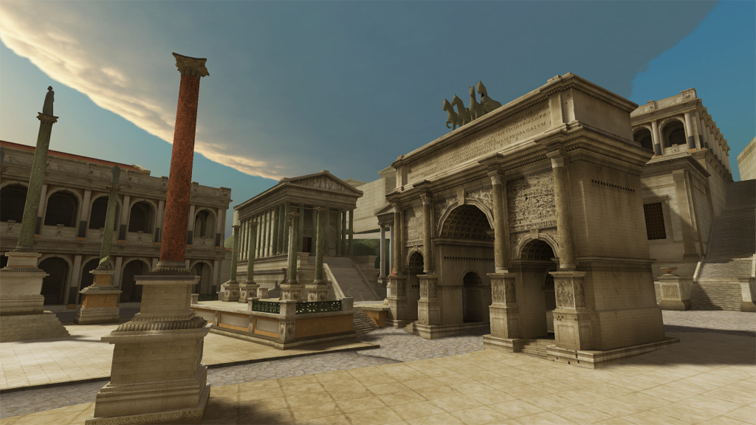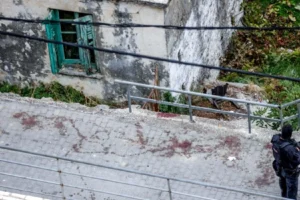We often associate virtual reality with gaming and thrilling, unrealistic experiences – experiences we may never be able to have in real life – walking in space or exploring the depths of the ocean.
But recently archaeologists are starting to use this technology to study and open up archaeological sites in an attempt to understand the human past.

While archaeologists will always keep a trowel in their back pocket, many are exploring the use of drones, digital photography, photogrammetry (the use of photography in surveying and mapping to understand the distance between objects) and three-dimensional imaging software in their attempt to understand ancient sites. The increase in public popularity of virtual reality technology also makes it possible for the public to experience the ancient world in an entirely new way.
Understanding what an ancient landscape looked like can often be difficult to conceive. Sites that may have included houses, temples and streets can, to our eyes, appear to be little more than piles of rubble. In such conditions it can be difficult to illustrate a complex urban environment using traditional methods.
Archaeologists are now working with software developed by gaming companies to create immersive three-dimensional environments.
Creating an accurate rendering of an ancient structure or landscape also requires in-depth research of site plans, architectural styles and excavation reports.
In Greece, virtual reality information centers are currently being developed to create underwater museums. Most recently the Peristera shipwreck will not only be accessible to divers but also to non-divers who can experience the wreck on land through virtual reality stations.

An ambitious project in Rome, undertaken by a team of academics, has recreated 7000 monuments and buildings across a 5.5 square mile stretch of Italy’s capital. The results are accessible on smartphones through a 3D app.
It is now possible now digitally roam through reconstructed sites such as the Colosseum, Pantheon and the Imperial Forums.
Other ongoing projects in the works include a digital recreation of Athens in the era of Socrates and Jerusalem in the first century CE. The reconstruction of ancient sites through virtual reality is also currently being used in North America to connect Native Americans with sites of great cultural and spiritual importance. One such site an hour north of Los Angeles is the Wind Wolves Preserve.
The site is also located in the heart of a reserve that is home to a wide range of endangered and threatened species and is difficult to access.
The site hosts one of the most elaborately painted rock-art sites in the world and a significant assemblage of objects. A team of researchers has now created a virtual reality model of the site and the artifacts, which they then tested with the local Tejon Indians.
The response to the VR experience was profound with younger tribe members interacting easily in the environment in a similar to “gaming”.
The simulation also proved equally as effective for older member of the tribe who could no longer access the site due to mobility issues.
The virtual reconstruction of sites not only offers entirely new ways to learn from old sites, without damaging them but is also an effective teaching tool.
Virtual reality allows archaeologists to become visual storytellers and is becoming increasingly effective with archaeology and anthropology students as well tourists visiting these sites all over the world.













